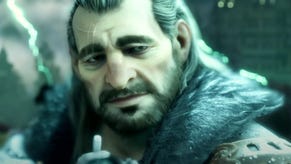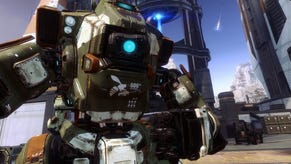Dragon Age II demo analysis
Xbox 360 and PS3 code in the spotlight.
Last week's Dragon Age II demo from BioWare is well overdue for some Digital Foundry analysis, but we do so with some caution - while demos are usually highly representative samples of the final game, the company's Mass Effect 2 PS3 effort turned out to be significantly different from the quality of the retail release. Also, while a PC version of the demo is available, it's been cut down and misses so many high-end features that we thought it best until final code arrived before we looked at that one in any depth.
Dragon Age II is a significant release for BioWare, with the developer taking on console duties having farmed out the first game's 360 and PS3 conversions to another studio. Assuming direct responsibility for these crucially important SKUs is a wise choice bearing in mind that the quality of both Xbox 360 and PlayStation versions of the first game was somewhat lacking, with heavily cut-down visuals (compared to the PC game, at least) and poor frame-rates marring the overall experience.
Performance is where we'll start in this demo showdown, with a range of gameplay and cut-scenes compared in this video:
With v-sync firmly engaged, we see a very stark performance profile on the cut-scenes in particular, with the action effectively switching between 30FPS and 20FPS for the duration. Similar to the approach seen in the Mass Effect games, BioWare is most concerned with the integrity of their visuals as opposed to their fluidity - so no tearing at all, but an alarming variation in the frame-rate instead (far more pronounced than we saw in ME2).
We also see in these representative cut-scenes that the PS3 appears to be better equipped at maintaining a higher frame-rate, though the overall profile of "switching" between refresh rates remains in effect on both versions and neither has any kind of commanding advantage. The situation is reversed when it comes to actual gameplay - v-sync is still engaged, but it's clearly the Xbox 360 that has the smoother visuals, especially so in the second excerpt of action, where PS3 performance is surprisingly poor in comparison.
Both games operate at native 720p, but we do some intriguing differences in head-to-head screenshots. Xbox 360 operates with the traditional 2x multi-sampling anti-aliasing (MSAA) while the PlayStation 3 game seems to be using MLAA or a very close variant. What is a very clean looking game on the Microsoft platform gets a boost on PS3 from what seems to be a case of almost no visible aliasing at all, just a very slight, imperceptible blur on the overall image.
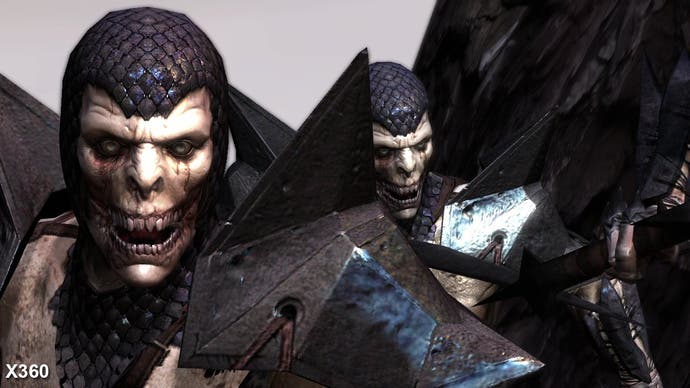

There are also variations in the way the game is lit, that manifest in a number of ways in head-to-head screenshots but many of the differences appear to be down to the primary light source being in a different position on each of our capture sessions. What is apparent however is that shadows cast by the characters on the environment are fairly low res on both versions, with some rough filtering on Xbox 360 that looks rough close-up but produces a smoother look at mid-range.
What does appear to be evident is that there are some self-shadowing issues on the PlayStation 3 version of the game. A constant difference seems to be that the characters' hair doesn't appear to cast any shadows on PlayStation 3, and application of self-shadowing in general seems to be less consistent than it is on Xbox 360.
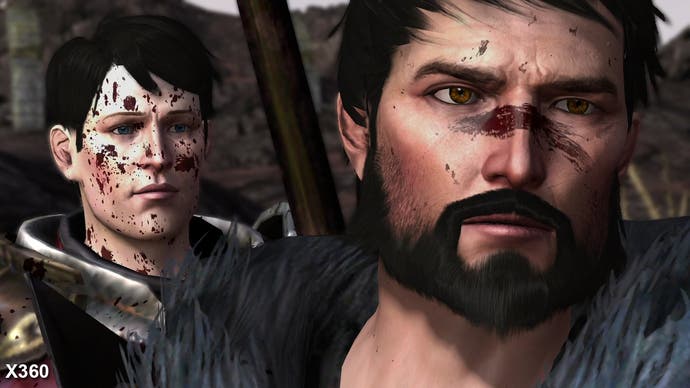
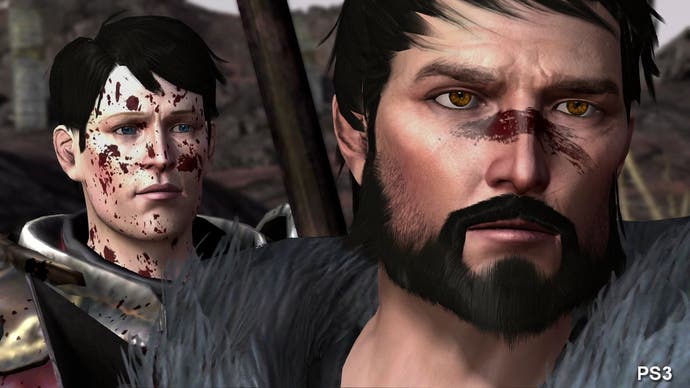
Other areas where we see differences in the demo code appear to be a mixture of differing implementations of specific effects, or what look like simple bugs.
For example, in the top shots here texture filtering appears to be all but non-existent on the Xbox 360 (the effect is only in this shot, and only on the main character) while on the bottom set of screenshots we see a kind of dark halo surrounding the people in shot on the Microsoft platform, presumably a side-effect of the depth of field effect.
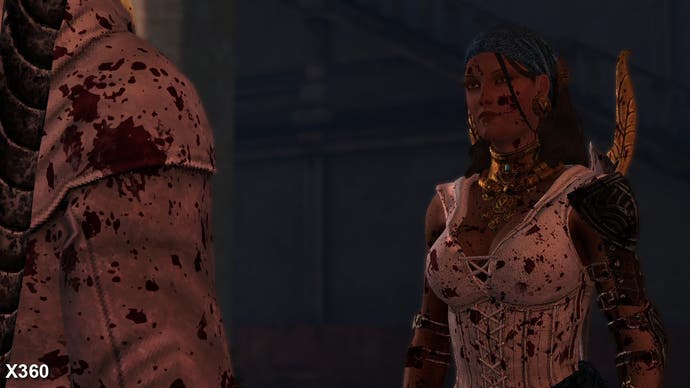

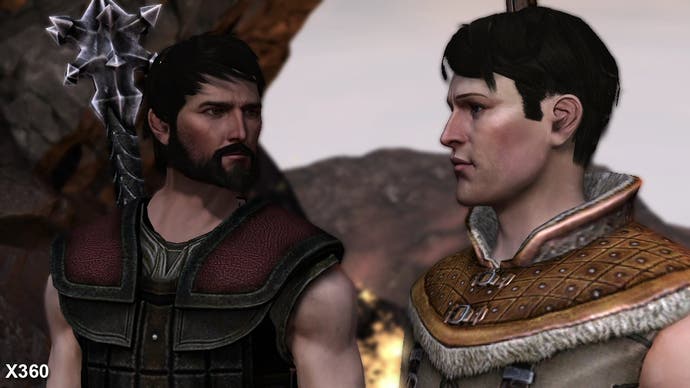
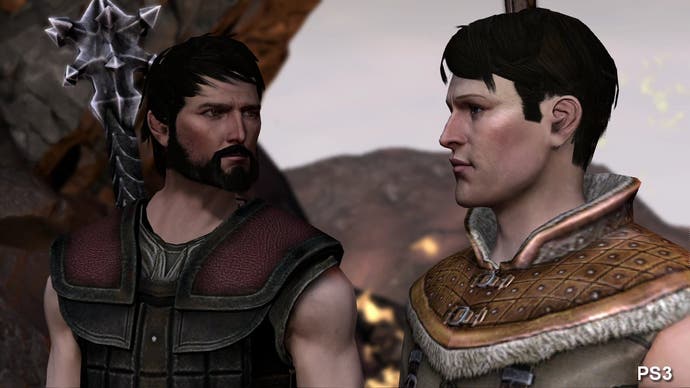
Visual differences aren't exactly a big deal based on what we've seen so far, but while role-playing games don't tend to rely so much on smoother frame-rates, the variations seen in the action especially are a bit of a concern.
There's very definitely a feeling that we've barely scratched the surface of what this game has to offer in looking at this demo version, and the PC version in particular boasts an extremely comprehensive range of graphical support options and artwork not seen in the demo (though some features are discussed on German site, pcgameshardware.de). Hopefully we'll have access to all versions of the full game soon...






